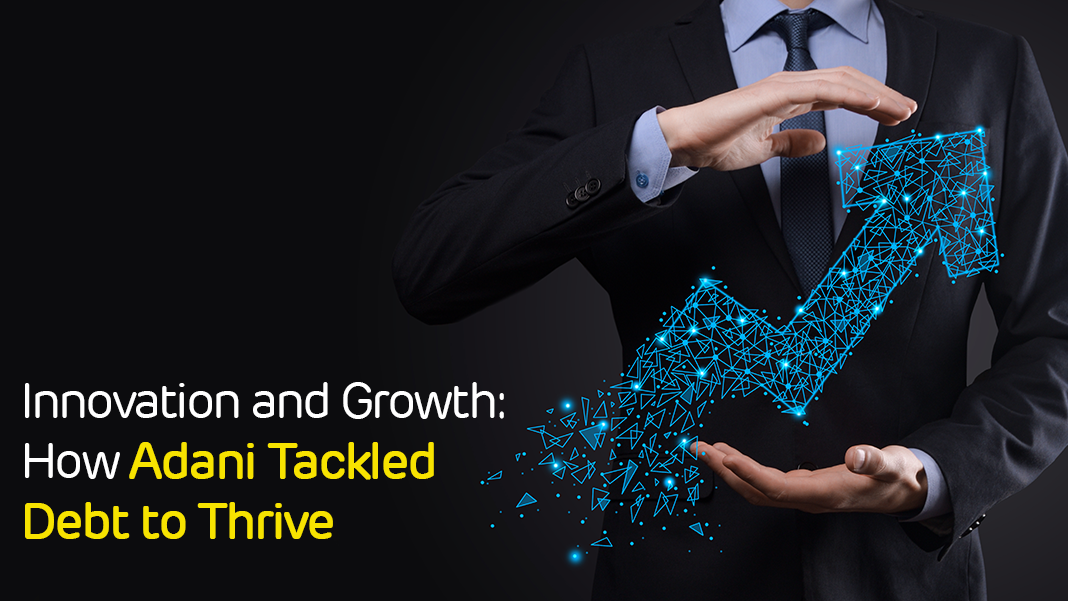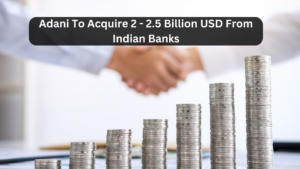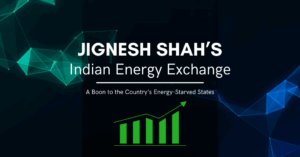
The Adani Group has grown significantly thanks in large part to innovation. In India’s infrastructure sector, the firm has been at the forefront of innovation, utilising technology to boost productivity and cut costs. The group has also taken the lead in its sustainability activities, spending money on wind and solar energy, among other renewable energy sources.
Because of its dedication to sustainability, the firm has been able to draw in investors who are searching for businesses that uphold environmental, social, and governance (ESG) standards.
The Adani Group’s expansion has also been fueled by its aptitude for seeing and seizing opportunities. The team has been adept at spotting new trends and adapting to shifting market conditions. For instance, the business has invested in renewable energy sources like solar and wind power to take advantage of the rapidly expanding energy industry in India. Kamuthi Wind Power Project, Tamil Nadu, Bhadla Solar Park, Rajasthan, Kurnool Ultra Mega Solar Park, Andhra Pradesh, Kamuthi Solar Park, Tamil Nadu are some examples.
The group’s capacity for opportunity recognition and exploitation has enabled it to outperform the competition and foster growth. Adani debt has been a hot topic of discussion. Let’s delve deep into what it is all about.
Adani Debt Issue
One of India’s largest corporations, the Adani Group, has recently made headlines due to its expansion driven by debt and the scrutiny that followed. The group’s approach of using debt to fuel expansion has received both praise and criticism, with some experts labelling it hazardous and others praising it for its brilliance. Whether Adani debt helped the company expand or not is not as much a source of concern. However, when big names such as Adani do something, critics and promoters both will have their sides of the story.
Debt-Fueled Growth Strategy
Debt has been used to fund the growth strategy of the Adani Group. The organisation has used debt to pay for its large-scale infrastructure projects, which include ports, mining, and power.
The group’s debt-fueled growth strategy has helped it to expand rapidly and become one of India’s largest conglomerates.
The Adani Group’s debt-fueled growth strategy has also attracted criticism and scrutiny. Adani’s debt load has scared investors, and its credit ratings have been downgraded by credit ratings agency S&P. The group has also faced scrutiny from SEBI for alleged violations of SEBI regulations. However, the company has clearly stated that it abides by SEBI rules and the investment prospects will only improve.
The Hindenburg report, which alleged that the Adani Group had inflated the value of its companies and had links to offshore tax havens, also raised concerns about the Adani debt-fueled growth strategy. However, the Adani Group calls all such allegations as baseless.
The group’s debt-to-equity ratio has remained favourable, and over the past five years, EBITDA growth has outpaced debt growth by a factor of two. Additionally, the organisation has taken action to address worries regarding its debt load. In an effort to inspire trust, Adani and his family have declared they will prepay a $1.1 billion debt secured by the shares of his firms.
Innovation and Development
The Adani Group’s daring and brilliant debt-fueled growth strategy has been a successful one. Growth and profits have been fueled in part by the group’s capacity to complete large-scale infrastructure projects quickly and affordably. India’s success narrative has also benefited from the group’s dedication to sustainability efforts including lowering its carbon footprint and investing in renewable energy sources. Innovation has been the main factor in the Adani Group’s growth. In India’s infrastructure sector, the firm has been at the forefront of innovation, utilising technology to boost productivity and cut costs. The group has also taken the lead in its sustainability activities, spending money on wind and solar energy, among other renewable energy sources.
Success Stories and Case Studies
Examining individual case studies and success stories is crucial to understanding how Adani Group managed debt and prospered.
These instances demonstrate the value of creativity and adaptability:
Mundra Port: Adani’s main project, the Mundra Port, is a prime example of good debt management. It became India’s largest commercial port by strategic planning and effective management, greatly boosting revenue.
Transmission by Adani: The company’s venture into the electricity transmission industry was quite profitable. Key assets were acquired by Adani Transmission, strengthening the group’s position in the energy industry.
Increasing investor trust
The way the Adani Group was able to win back investor confidence in spite of Adani debt problems is undoubtedly one of their most impressive achievements. Domestic and foreign investors remained devoted to the company. There are various reasons for this dedication:
- Strategic Vision: Adani Group demonstrated its resolve to overcome obstacles and experience progress with a compelling and clear long-term vision.
- Consistent Performance: The group continues to provide consistent performance even during trying times, reassuring investors of their ability to weather the storm.
- Portfolio diversification: Investors valued the group’s business interests’ diversification, which decreased risk and improved resilience.
Conclusion
In conclusion, the debt-fueled expansion model employed by the Adani Group has received both praise and criticism. Growth and profits have been fueled in part by the group’s capacity to complete large-scale infrastructure projects quickly and affordably. India’s success narrative has also benefited from the group’s dedication to sustainability efforts including lowering its carbon footprint and investing in renewable energy sources. The Adani Group has managed debt to survive and become one of India’s most successful businesses, despite the criticism and scrutiny.







